1785-94: Original Prometheans
By:
January 7, 2013
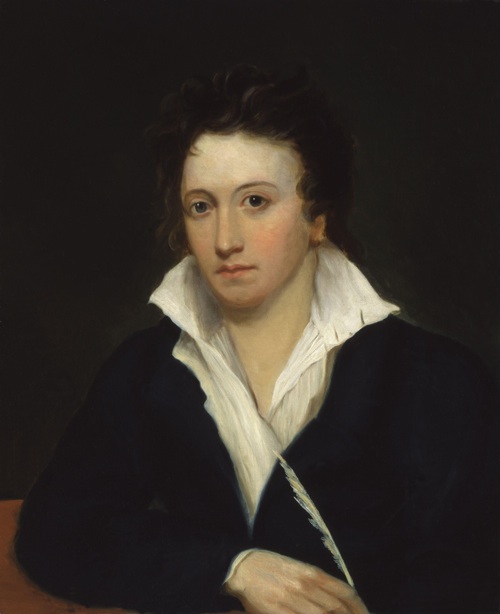
Men and women born from 1785-94 were in their teens and 20s during the Eighteen-Oughts (1805-14, not to be confused with the 1800s), and in their 20s and 30s during the Eighteen-Teens (1815-24, not to be confused with the 1810s). According to the influential generational periodizers William Strauss and Neil Howe, there wasn’t any generational cohort born from 1785-94; they claim instead that a Compromise Generation (tentative, unaccomplished) was born from 1767–1791, while a Transcendental Generation (evangelical, extremist) was born from 1792-1821. So this is a lost generation, airbrushed out of official history.
As with every other lost generation, the Original Prometheans aren’t difficult to distinguish from their immediate elders (the Ironic Idealist cohort) or their immediate juniors (the Monomaniacs). They’re more earnest and politically engaged than the former; unlike the latter, they’re not founders of religious innovations and utopian colonies. One can only conclude, therefore, that the Original Prometheans cohort is “lost” for ideological reasons — that is, the generational periodizing powers-that-be would prefer it if this generation’s unique contributions and worldview went unrecognized.
Hi-, lo-, no-, and hilobrow members of the Original Promethean Generation include the second wave of Romantics (Lord Byron, Percy Bysshe Shelley, John Keats [cusper, born 1795]), who rebelled against the post-1815 revival of traditional oppression. Also: Arthur Schopenhauer (philosopher of Pessimism, anarcho-monarchist), Davy Crockett and his fellow anti-authoritarian Alamo fighters, and — remember, Prometheus was punished for having stolen fire from the gods — the pioneering electricity researchers Michael Faraday and Samuel F.B. Morse.
I’ve named the generation after Shelley’s 1820 dramatic poem, Prometheus Unbound. Shelley’s protagonist represents a humankind whose suffering will not cease until Jupiter (who here represents throne, altar, judgment-seat, prison) is overthrown — following which event a peaceful, quasi-anarchistic world order will spontaneously arise. PS: This cohort lends its name to the New Prometheans, a post-Romantic generation whose number also includes zealous activists and pioneering electricity researchers, but whose leading thinkers and writers rejected the Romantics’ utopian faith that the world is subject to reason and control.
A reminder of my 250-year generational periodization scheme:
1755-64: [Republican Generation] Perfectibilists
1765-74: [Republican, Compromise Generations] Original Romantics
1775-84: [Compromise Generation] Ironic Idealists
1785-94: [Compromise, Transcendental Generations] Original Prometheans
1795-1804: [Transcendental Generation] Monomaniacs
1805-14: [Transcendental Generation] Autotelics
1815-24: [Transcendental, Gilded Generations] Retrogressivists
1825-33: [Gilded Generation] Post-Romantics
1834-43: [Gilded Generation] Original Decadents
1844-53: [Progressive Generation] New Prometheans
1854-63: [Progressive, Missionary Generations] Plutonians
1864-73: [Missionary Generation] Anarcho-Symbolists
1874-83: [Missionary Generation] Psychonauts
1884-93: [Lost Generation] Modernists
1894-1903: [Lost, Greatest/GI Generations] Hardboileds
1904-13: [Greatest/GI Generation] Partisans
1914-23: [Greatest/GI Generation] New Gods
1924-33: [Silent Generation] Postmodernists
1934-43: [Silent Generation] Anti-Anti-Utopians
1944-53: [Boomers] Blank Generation
1954-63: [Boomers] OGXers
1964-73: [Generation X, Thirteenth Generation] Reconstructionists
1974-82: [Generations X, Y] Revivalists
1983-92: [Millennial Generation] Social Darwikians
1993-2002: [Millennials, Generation Z] TBA
LEARN MORE about this periodization scheme | READ ALL generational articles on HiLobrow.
George Sampson: “Tory society, which received the [Original Romantics] into its bosom, laid a heavy hand on the younger. Byron, whom it feared, was driven into exile; Keats, whom it derided, was bludgeoned; Shelley, whom it loathed, was caught in the meshes of the law.” British members of the Original Promethean cohort came of age during the Regency Period (1810-20), during which a dissolute Prince Regent filled in for mad King George III. Though first-wave British romantic poets (Blake, Wordsworth, Coleridge) were becoming conservative, Byron and Shelley held fast to democratic ideals; they condemned George III’s regime as tyrannical. Even at the time, then, this was a lost (ideologically suppressed) generation.

Middlebrows would have us think of Byron entirely as a sexual adventurer. As a result, today it is difficult to realize the force or extent of his influence on continental opinion. His English countrymen admired his poetry, but mocked his politics; he hated tyranny and championed the oppressed — though, it must be said, like many utopians, he didn’t think much of the oppressed.
Keats we ought to remember for his description of Negative capability — the poetic state in which we are “capable of being in uncertainties, Mysteries, doubts without any irritable reaching after fact & reason. […Being] content with half knowledge,” i.e., where one trusts in the heart’s perceptions. John Dewey explains what truth means to Keats (with reference to the famous lines, “‘Beauty is truth, truth beauty,— that is all/Ye know on earth, and all ye need to know.'”) in the following passage: “In [Keats’s] tradition … man lives in a world of surmise, of mystery, of uncertainties. ‘Reasoning’ must fail man — this is of course a doctrine long taught by those who have held to the necessity of a divine revelation. Keats did not accept this supplement and substitute for reason. The insight of imagination must suffice…. Ultimately there are but two philosophies. One of them accepts life and experience in all its uncertainty, mystery, doubt, and half-knowledge and turns that experience upon itself to deepen and intensify its own qualities — to imagination and art.”
Though middlebrows have attempted to rewrite Shelley’s legacy to make him seem a lyricist and a dilettante who had no serious intellectual position (Matthew Arnold described him as a “beautiful but ineffectual angel”), Shelley was a visionary — an idealist — a political radical. An atheist and materialist who believed in the perfectibility of man. His revolutionary epic, Laon and Cythna (w. 1817-18), is about the eternal war of love and truth against tyranny. And his Prometheus isn’t the impotent one we read about in Greek myth; Shelley’s Prometheus is “unbound” — his evil nature slips off, symbolizing the regeneration of humanity once religion and other tyrannies are overthrown.
The Original Promethean philosopher Schopenhauer criticized Hegel’s logical optimism and the belief that individual morality could be determined by society and reason. For Schopenhauer, human desire is futile, illogical, directionless, and, by extension, so was all human action in the world. However, he was adamantly against differing treatment of races, was fervently anti-slavery, and supported the abolitionist movement in the United States.
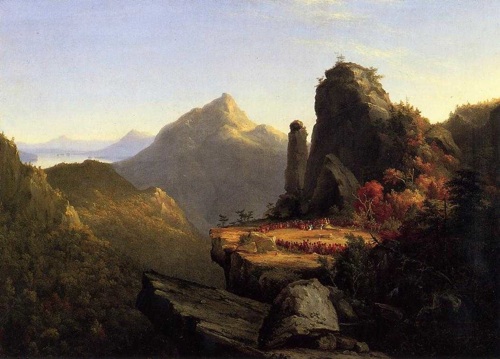
I should also mention James Fenimore Cooper, here — who was the first American (OK, after Ben Frankin) to be appreciated more in France than in America. He wrote romantic fiction set in a country lacking key romantic themes like class differences and gothic ruins; Cooper’s plots stage moral confrontations — between, for example, Rousseau’s dream of a man of nature vs. Rousseau’s dream of a social contract unanimously agreed upon. The French liberal intelligentsia responded to Cooper’s vision of primitive society in eclipse, for a noble people exterminated and the natural world laid waste; Sainte-Beuve, for example, hailed Cooper’s championship of “justice and liberty against oppression and force.”
Meet the Original Prometheans.
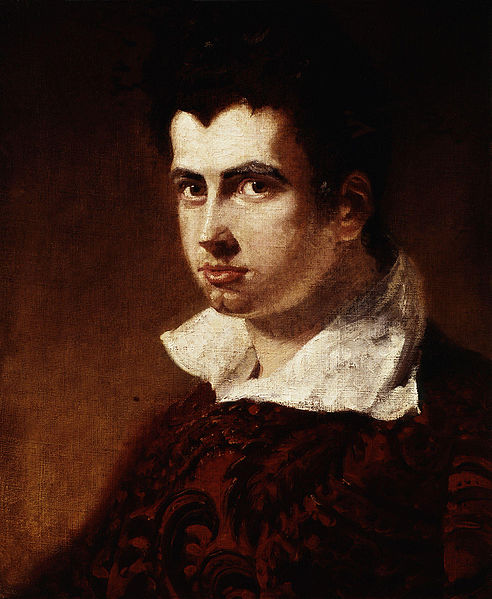
HONORARY ORIGINAL PROMETHEANS (born 1784): Leigh Hunt (British critic, essayist, poet; the original of Harold Skimpole in Dickens’s Bleak House.).
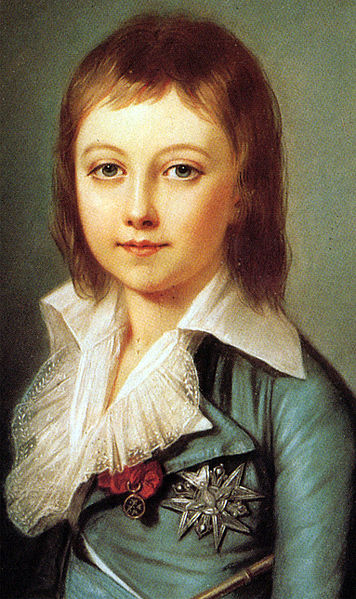
1785: Louis XVII of France (Dauphin, Titular King of France), Jakob Grimm (German philologist, folklorist, writer), Bettina von Arnim (German poet), John James Audubon (French-American naturalist and illustrator, Illustrated Birds of America), José Miguel Carrera (Chilean general and founding father), Shaka Zulu (King of the Zulu). HONORARY IRONIC IDEALISTS: Thomas de Quincey (English writer, Confessions of an English Opium-Eater), Thomas Love Peacock (English satirist, novelist: Nightmare Abbey).
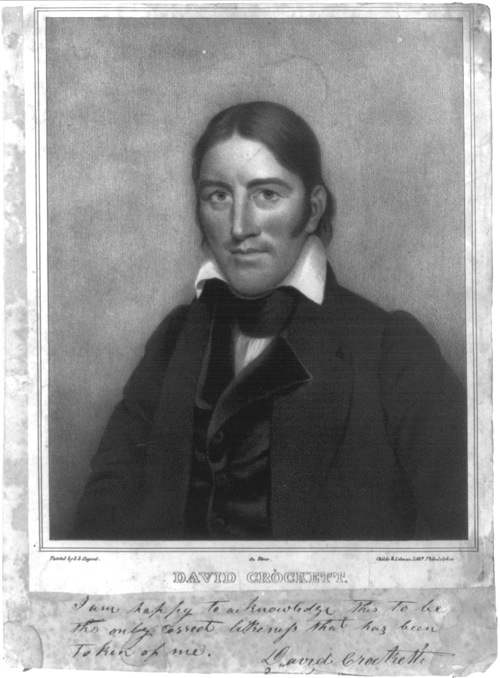
1786: Davy Crockett (American frontiersman), Wilhelm Grimm (German philologist and folklorist), Benjamin Haydon (English painter and writer, part of circle around Leigh Hunt), King Ludwig I of Bavaria (built the Walhalla temple, the Befreiungshalle, the Ludwigstrasse, the Bavaria statue, the Glyptothek, the Old and the New Pinakothek), John Poole (one of the earliest and best known 19th century playwrights of the comic drama, the farce), Jean Nicholas Nicollet (surveyor of the Mississippi basin), Chief Seattle, Carl Maria von Weber (composer), François Arago (physicist, investigated earth magnetics).
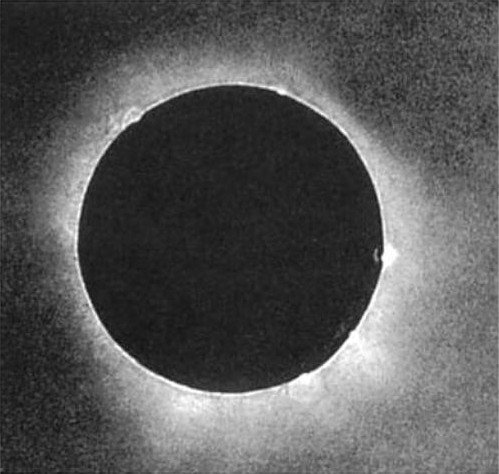
1787: Louis Daguerre (French artist and chemist, invented Daguerreotype photography), Bryan Procter (British poet, part of circle around Leigh Hunt), Charles Cowden Clarke (English writer, part of circle around Leigh Hunt), François Guizot (Prime Minister of France), Sacagawea (Lewis and Clark expedition translator), George Bethune English (American explorer and writer), Mary Russell Mitford (English novelist and dramatist).
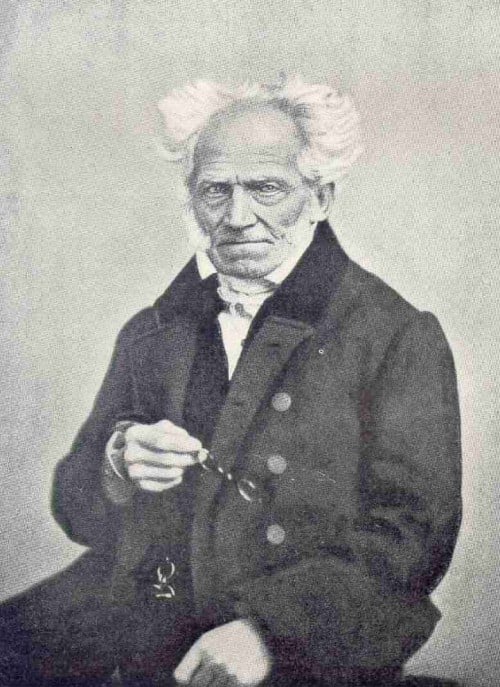
1788: Arthur Schopenhauer (philosopher of Pessimism), Lord Byron (English romantic poet), Étienne Cabet (French philosopher and utopian socialist, founder of the Icarian movement), George Combe (Scottish phrenologist), Robert Peel (U.K. Prime Minister), Joseph von Eichendorff (German romantic poet).
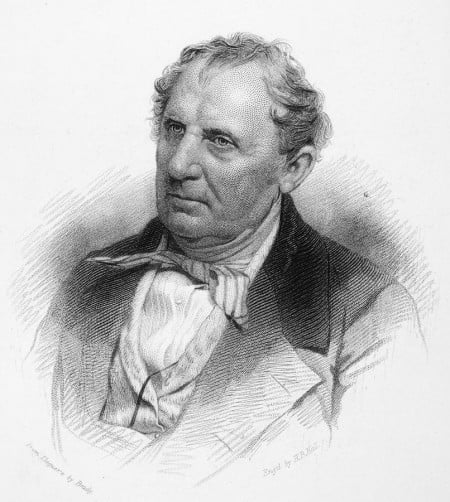
1789: James Fenimore Cooper (American writer, The Last of the Mohicans), John Martin (English Romantic painter, engraver, inventor), Georg Ohm (German physicist), Charles Wentworth Dilke (British writer, part of circle around Leigh Hunt), Augustin-Louis Cauchy (mathematician: infinitesimals, theory of substitution groups), Thomas Pringle (father of South African poetry).
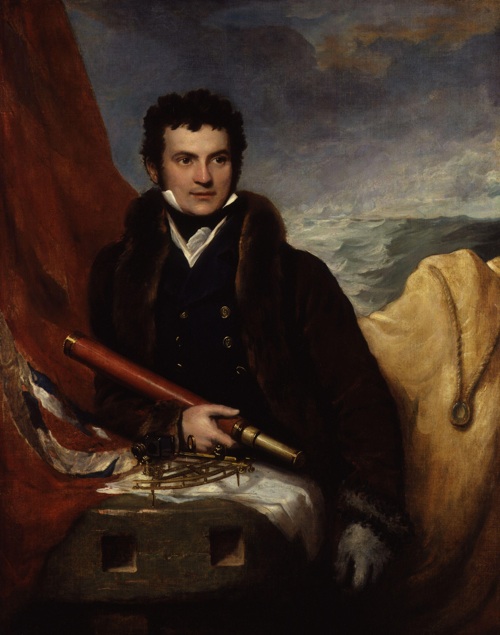
1790: William Edward Parry (English Arctic explorer), Jean-François Champollion (deciphered the Rosetta Stone), George Everest (explorer), Alphonse de Lamartine (French poet, politician), Leopold I (First King of the Belgians), August Möbius (German astronomer, Möbius strip), John Tyler (10th President of the U.S.).
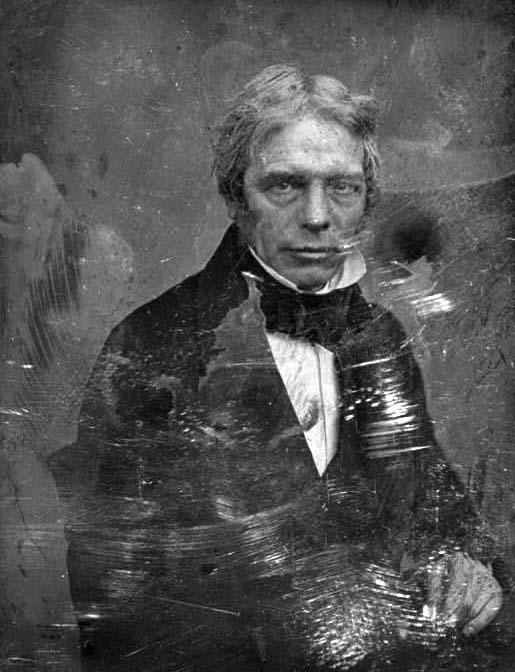
1791: Michael Faraday (British scientist, discovered electrical induction), Charles Babbage (British mathematician and inventor, the Difference Engine), Samuel F.B. Morse (American inventor), Franz Grillparzer (Austrian writer), James Buchanan (15th President of the United States), Théodore Géricault (French Romanticist painter), Richard Lalor Sheil (Irish politician, orator, writer of stage tragedy), Henry Hart Milman (poet and historian, one of the first English historians to adopt the German approach to the Bible as a collection of historical documents).
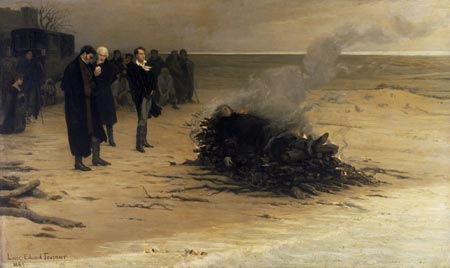
1792: Percy Bysshe Shelley (Romantic poet, Prometheus Unbound, part of circle around Leigh Hunt), Mangas Coloradas (Apache Chief and warrior) Gustave-Gaspard Coriolis (mathematician, Coriolis force), George Cruikshank (English caricaturist), Charles Grandison Finney (religious leader, Second Awakening), John Herschel (astronomer, discovered many moons of Saturn), John Smoke Johnson (Mohawk Chief of the Six Nations), Pope Pius IX (declared himself infallible), Gioacchino Rossini (composer, William Tell Overture), John Keble (delivered an 1833 sermon denouncing the stagnation of the Church, considered a founder of the Oxford Movement).
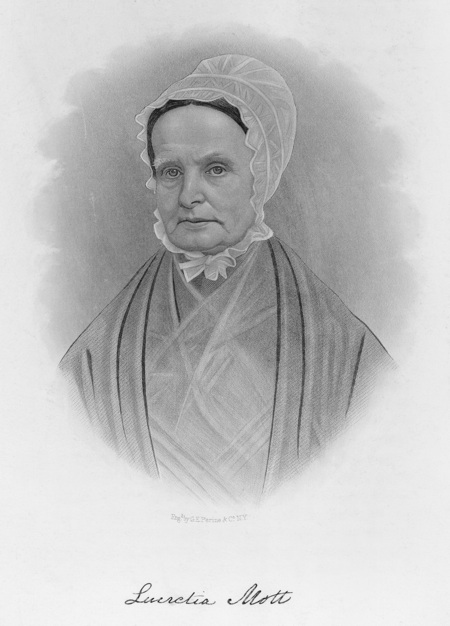
1793: Lucretia Mott (American women’s rights activist and abolitionist), Sam Houston (president of the Republic of Texas), Stephen Fuller Austin (American pioneer, Texan secessionist), Casimir Delavigne (poet), Eliphalet Remington (founder of Remington Arms), Joseph Sturge (anti-slavery activist), Emperor Ferdinand I of Austria, Felicia Hemans (sentimental Victorian poet), John Clare (English peasant poet who celebrated nature and was distressed by the Agricultural Revolution), Sidney Rigdon (early Mormon leader).
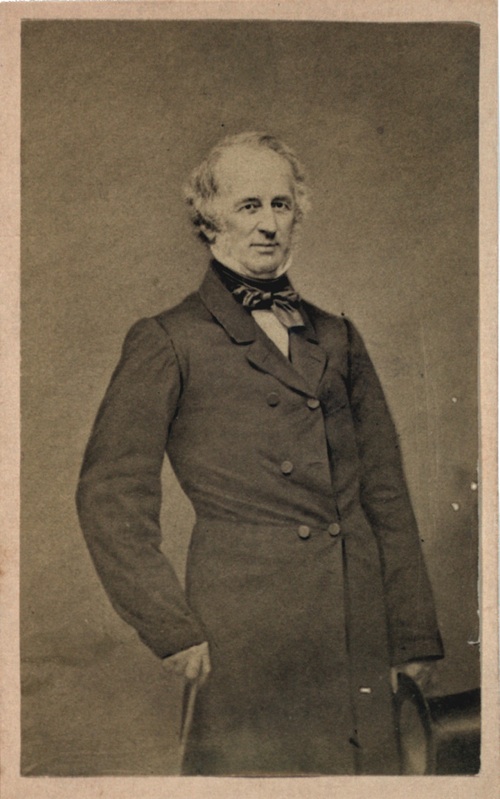
1794 (cuspers): Cornelius Vanderbilt (robber baron, richest man in the United States), John Hamilton Reynolds (English poet, satirist, critic, and playwright; close friend and correspondent of Keats; part of circle around Leigh Hunt), Matthew Perry (US military, opened Japan to the west), Antonio López de Santa Anna (Mexican general and President of Mexico — remember the Alamo). HONORARY MONOMANIACS: Christian Metz (German-born utopian colony founder), William Cullen Bryant (American romantic poet, homepath), Sylvester Graham (health food guru), George Grote (British exemplar of the new school of historical criticism), Charles Cavendish Fulke Greville (shrewd, witty memoirist).
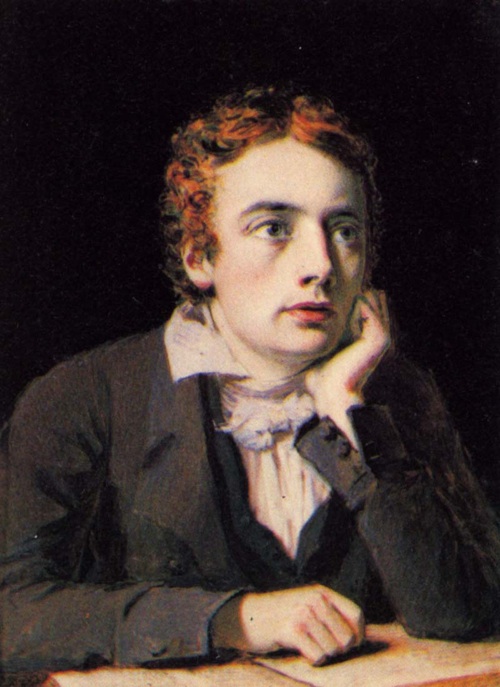
HONORARY ORIGINAL PROMETHEANS (born 1795): John Keats (key “second generation” [actually fifth generation] English romantic poet; Swinburne wrote in the Encyclopedia Britannica that “the Ode to a Nightingale, [is] one of the final masterpieces of human work in all time and for all ages”), John William Polidori (English writer and physician, known for his associations with the Romantic movement and credited by some as the creator of the vampire genre of fantasy fiction).
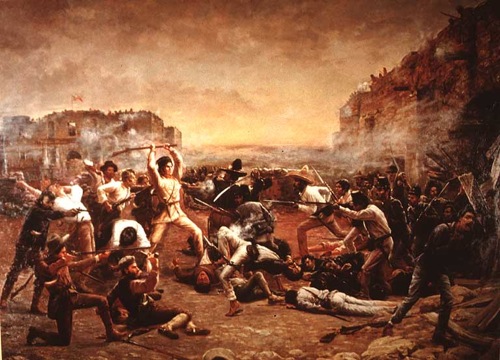
ADVENTURE WRITERS: James Fenimore Cooper (Top 200: The Last of the Mohicans, The Crater)
